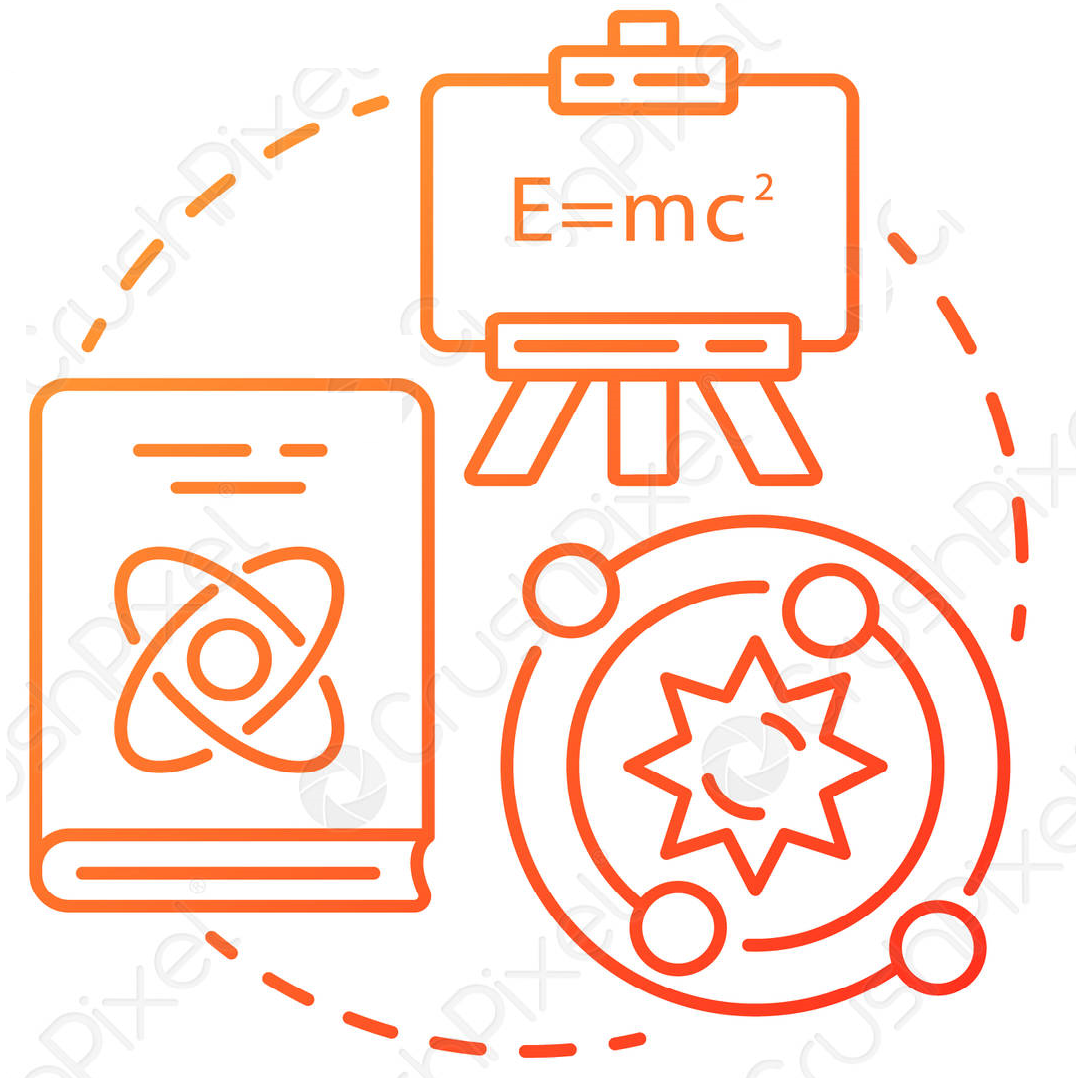SIBU - SISTEMAS DE BIBLIOTECAS UNICOC
Cambios Esqueléticos y de Tejidos Blandos en pacientes con secuelas de labio y paladar hendido que recibieron tratamiento Ortopédico temprano
por Heredia Zuluaga, Norma Patricia ; Coral Zambrano, Leidy Paola
; Coral Zambrano, Leidy Paola .
.
Editor: Bogotá, D.C (Colombia). Institución Universitaria Colegios de Colombia- UNICOC. 2017Tema(s): Odontología / Ortodoncia y ortopedia maxilar - Tesis y disertaciones académicas| Tipo de ítem | Ubicación | Signatura topográfica | Número de copia | Estado | Fecha de vencimiento | Código de barras | Reserva de ejemplares |
|---|---|---|---|---|---|---|---|
 Trabajo de Grado Trabajo de Grado |
Bogotá (Dr. David Ordóñez Rueda) - Campus Norte
Campus Norte Biblioteca de la Institución Universitaria Colegios de Colombia |
T.O.O.0140 (Navegar estantería) | Ej.1 | Disponible | 20172TOO0140 |
Incluye tabla de contenido y referencia bibliografica
Asesor Científico: Nancy Edith Rojas Olguín; Directora Centro de Investigación: Sandra Elizabeth Aguilera Rojas; Asesora Metodológica:Diana Yecedt Parra Galvis.
RESUMEN:
Objetivo: Identificar los cambios esqueléticos y de tejidos blandos en pacientes con secuelas de labio y paladar hendido que recibieron tratamiento ortopédico temprano.
Materiales y métodos: Investigación observacional descriptiva analítica, que incluyó radiografías cefálicas laterales iníciales y finales de 41 pacientes seleccionados por conveniencia que fueron operados y recibieron tratamiento ortopédico temprano. Las variables incluidas fueron edad, género, convexidad facial, ángulo nasolabial, longitud labial superior, ángulo ANB, SNA, altura facial inferior, y longitud maxilar o facial media efectiva. Para su análisis se digitalizaron las radiografías con el programa NEMOCEPH Versión 6.0. Se realizó el trazo digital según las cefalometrías de Steiner, Legan y Burstone de tejidos blandos, McNamara y Ricketts de las radiografías cefálicas laterales, iniciales y finales de los 41 pacientes incluidos en el estudio.
Resultados: La edad inicial promedio de los pacientes fue de 6,1±1,3 años y final de 8,9±1,4 años, con mayor participación del género masculino y un tiempo de tratamiento aproximado de 2,8±1,2 años. Para las variables de tejidos blandos se encontró la convexidad facial aumentada (1°, p=0,816), el ángulo nasolabial disminuido (5,4°, p<0,0001) y la longitud labial superior aumentada (4,5 mm, p<0,0001); para las medidas esqueléticas se encontró aumento en: el ángulo de la convexidad ANB (0,3°, p=0,071), el ángulo SNA (1,1°, p=0,979), AFI (1,3°, p=0,586) y la longitud facial media efectiva (22,7 mm, p=0,021).
Conclusiones: El resultado del tratamiento ortopédico temprano demostró que los cambios a nivel esquelético y de tejidos blandos en los pacientes con secuelas de labio y paladar hendido son favorables, direccionando y estimulando el crecimiento y posición del maxilar, así como también la dirección y crecimiento de las estructuras faciales, con cambios especialmente significativos a nivel de la longitud labial superior y la longitud facial media efectiva. Una vez finalizado el tratamiento ortopédico se observó que los valores cefalométricos, se acercaron a las medidas establecidas dentro de las normas seleccionadas de los diferentes análisis cefalométricos utilizados.
ABSTRACT:
Objective: To identify skeletal and soft tissue changes in patients with effects of cleft lip and palate who received early orthopedic treatment.
Materials and methods: An analytical descriptive observational research that included initial and final x-rays in 41 patients selected by convenience who had received early orthopedic treatment. The variables included were age, gender, facial convexity, nasolabial angle, upper labial length, ANB and SNA angles, lower facial height, and effective maxilla or facial mean length. For its analysis, x-rays were digitized with the program NOMOCEPH Ver. 6.0. The digital tracing of Steiner, Legan and Burstone’s soft tissue cephalometric analysis was carried out, as well as the McNamara and Ricketts’ of the lateral cephalometric initial and final x-rays of the 41 patients included in the study.
Results: The average initial age was 6.1 ± 1.3 years old and the final age was 8.9 ± 1.4 years old, with greater participation of the male gender and an approximate treatment time of 2.8 ± 1, 2 years. For the soft tissue variables, and increased facial convexity was found (1°, p=0.816), together with a decreased nasolabial angle (5,4°, p<0,0001) and an increased upper labial length (4,5 mm, p<0,0001); for the skeletal measurements, we found an increase in the ANB convexity angle (0,3°, p=0,071), in the SNA angle (1,1°, p=0,979), AFI (1,3°, p=0,586) and in the effective facial mean length (22,7 mm, p=0,021).
Conclusions: The early orthopedic treatment generated favorable changes at the skeletal and soft tissue levels in patients with effects of cleft lip and palate, which addressed and stimulated growth and maxilla position, as well as the direction and growth of facial structures with especially significant changes at the level of the superior labial length and the effective facial mean length. After finishing the treatment period, the cephalometric values got close to the established measures in the norm.
Palabras clave: labio y paladar hendido, cambios esqueléticos, cambios en tejidos blandos, tratamiento ortopédico temprano.; -Key words: cleft lip and palate, skeletal changes, changes in soft tissues, early orthopedic treatment.
© 2014 UNICOC | Institución Universitaria Colegios de Colombia - UNICOC
Bogotá D.C. Autopista Norte Km. 20. Teléfono:(571)6683535
Cali: Calle 13 Norte No. 3N-13. Teléfono: (572)6608887




